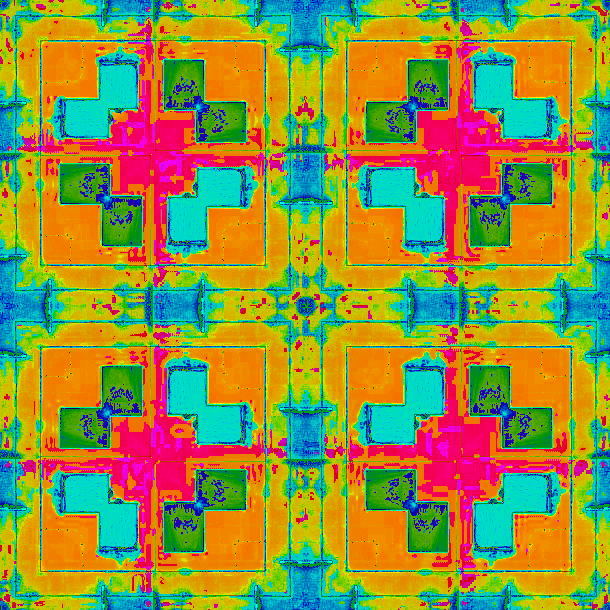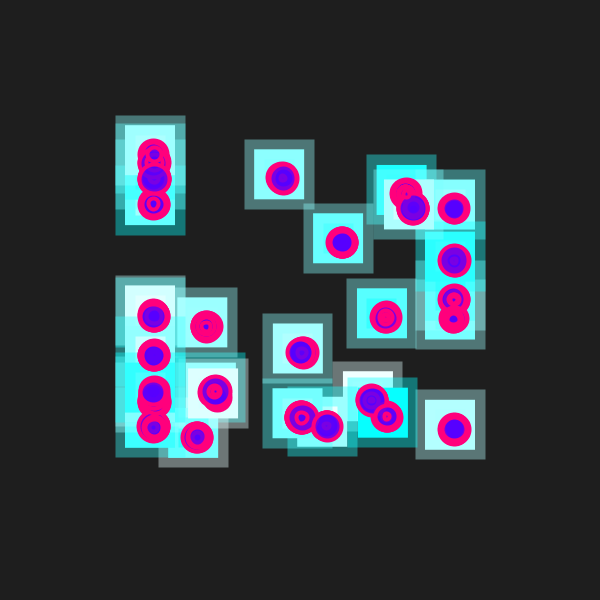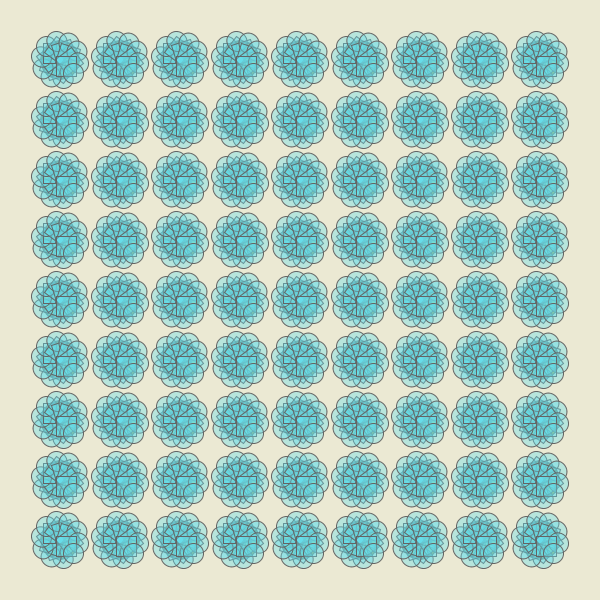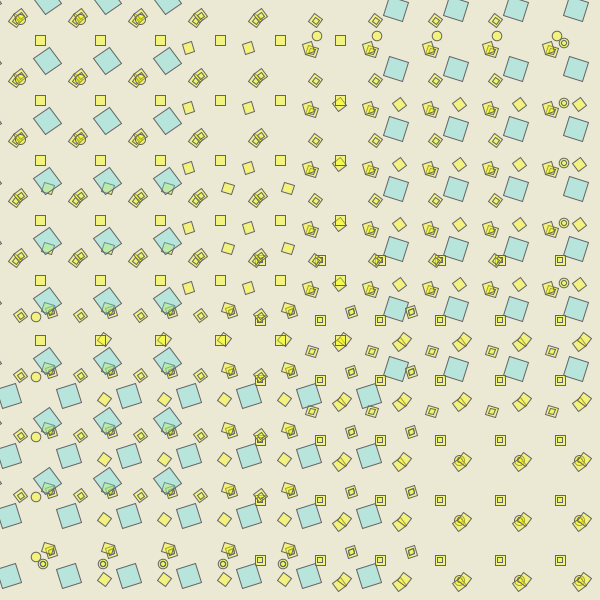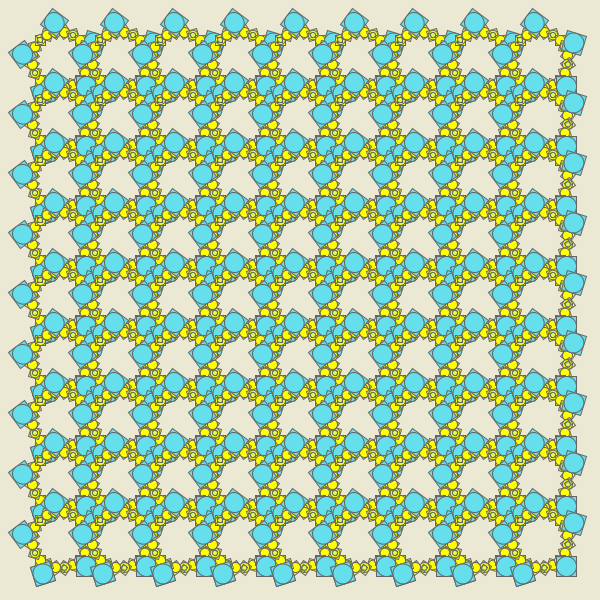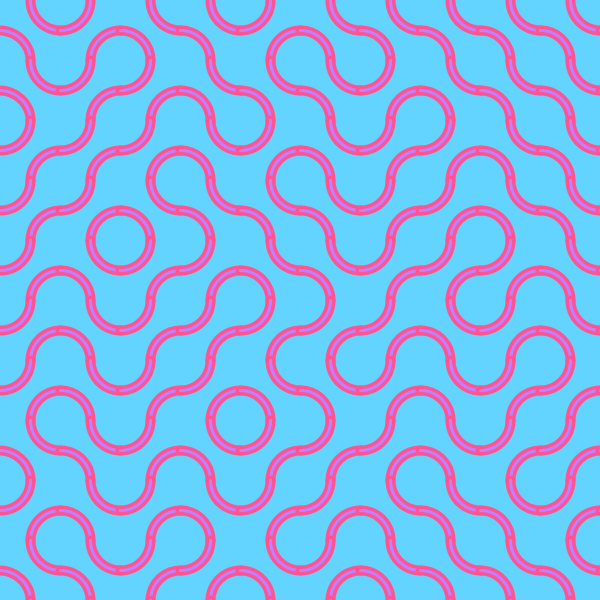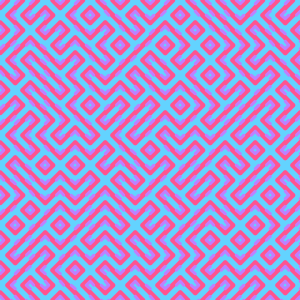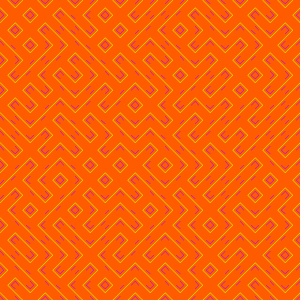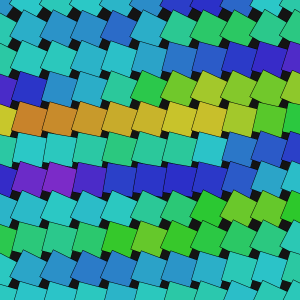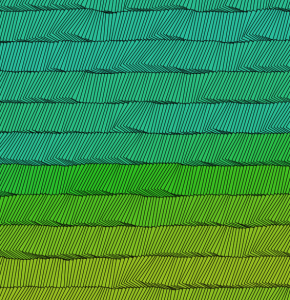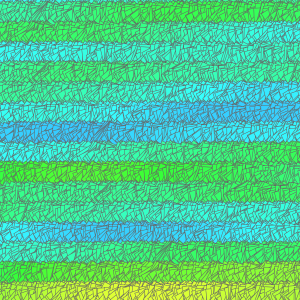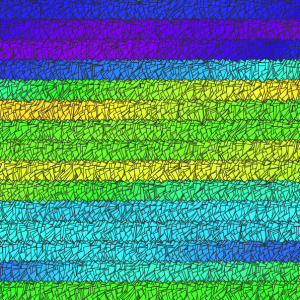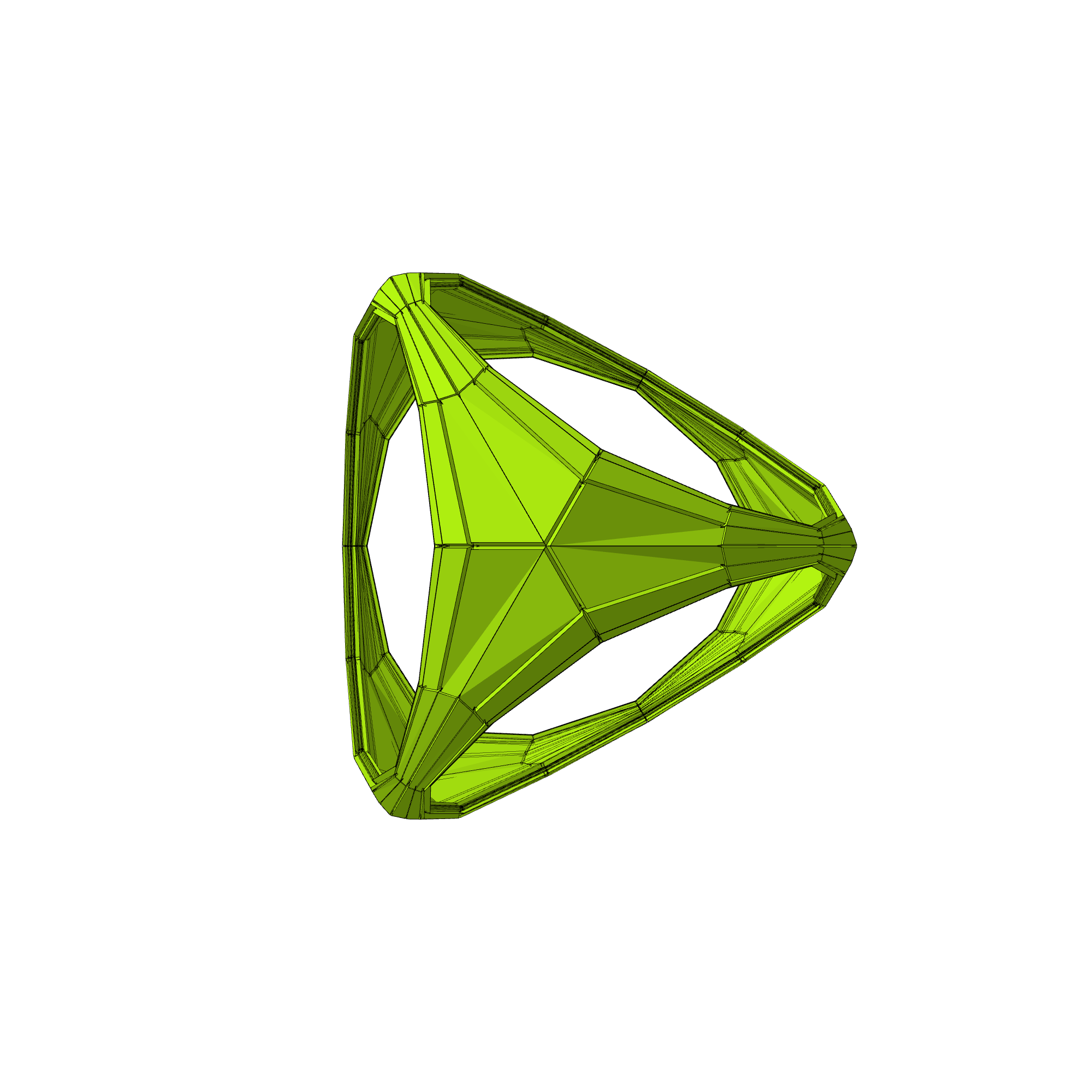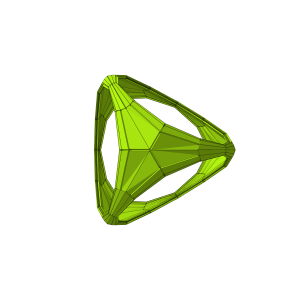This is an experiment in gradually and cyclically changing the hue and saturation values of an “array of pixels,” i.e. an image. The main parameter I experimented with was the nature of the increment value to both hue and saturation: whether it is a whole number, a float, a sinusoidal value, or a simple quadratic formula.
[one_fourth]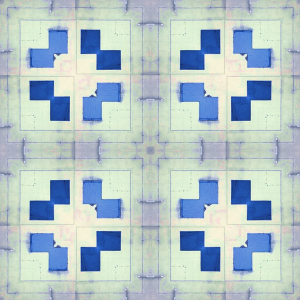 [/one_fourth][one_fourth]
[/one_fourth][one_fourth]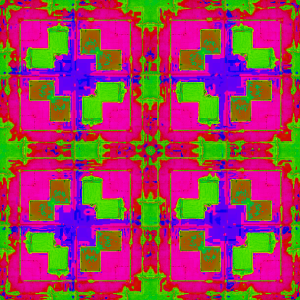 [/one_fourth][one_fourth]
[/one_fourth][one_fourth]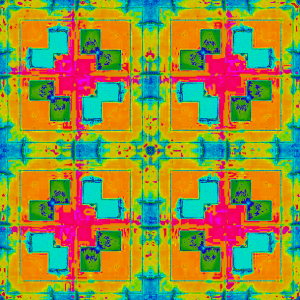 [/one_fourth][one_fourth_last]
[/one_fourth][one_fourth_last]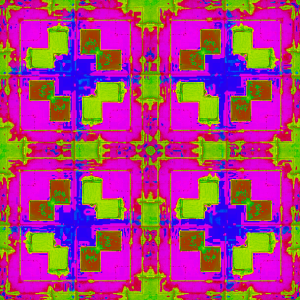 [/one_fourth_last][one_fourth]
[/one_fourth_last][one_fourth]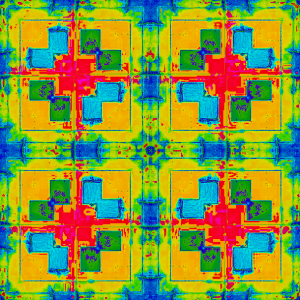 [/one_fourth][one_fourth]
[/one_fourth][one_fourth]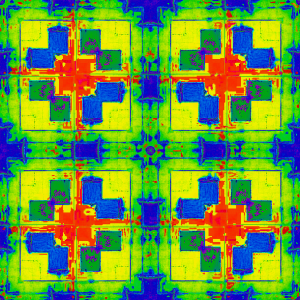 [/one_fourth][one_fourth]
[/one_fourth][one_fourth]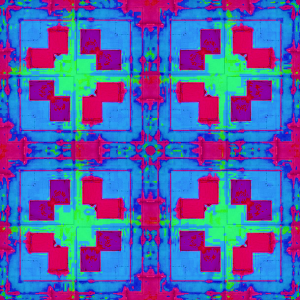 [/one_fourth][one_fourth_last]
[/one_fourth][one_fourth_last]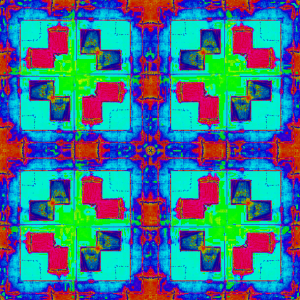 [/one_fourth_last]To achieve a cyclic animation, the saturation value increments upwardly until it reaches 255 before starting to decrement back. The below is a video of the animation.
[/one_fourth_last]To achieve a cyclic animation, the saturation value increments upwardly until it reaches 255 before starting to decrement back. The below is a video of the animation.
The program was run with various images to compare results; the darker the image is, the lesser the change in appearance (hue and saturation).
[one_fourth]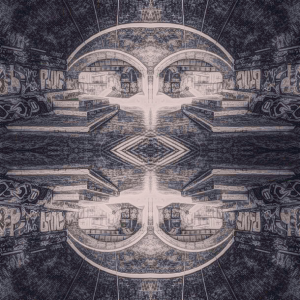 [/one_fourth][one_fourth]
[/one_fourth][one_fourth]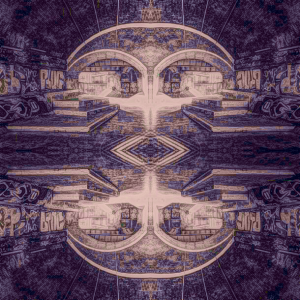 [/one_fourth][one_fourth]
[/one_fourth][one_fourth]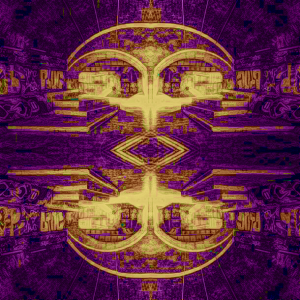 [/one_fourth][one_fourth_last]
[/one_fourth][one_fourth_last]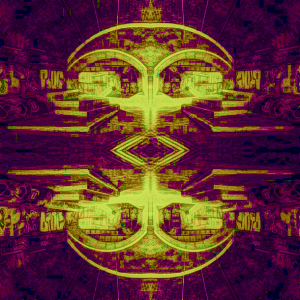 [/one_fourth_last][one_fourth]
[/one_fourth_last][one_fourth]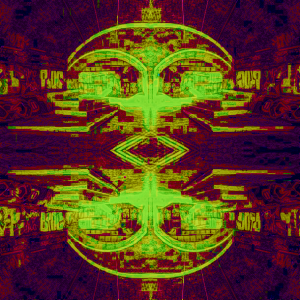 [/one_fourth][one_fourth]
[/one_fourth][one_fourth]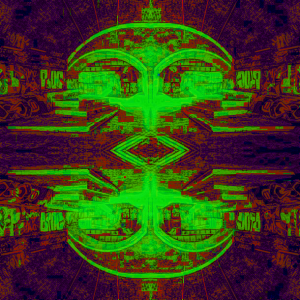 [/one_fourth][one_fourth]
[/one_fourth][one_fourth]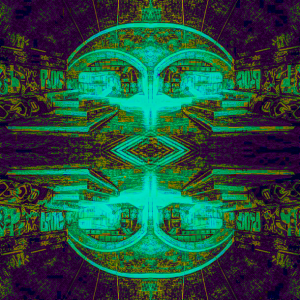 [/one_fourth][one_fourth_last]
[/one_fourth][one_fourth_last] [/one_fourth_last]
[/one_fourth_last]
